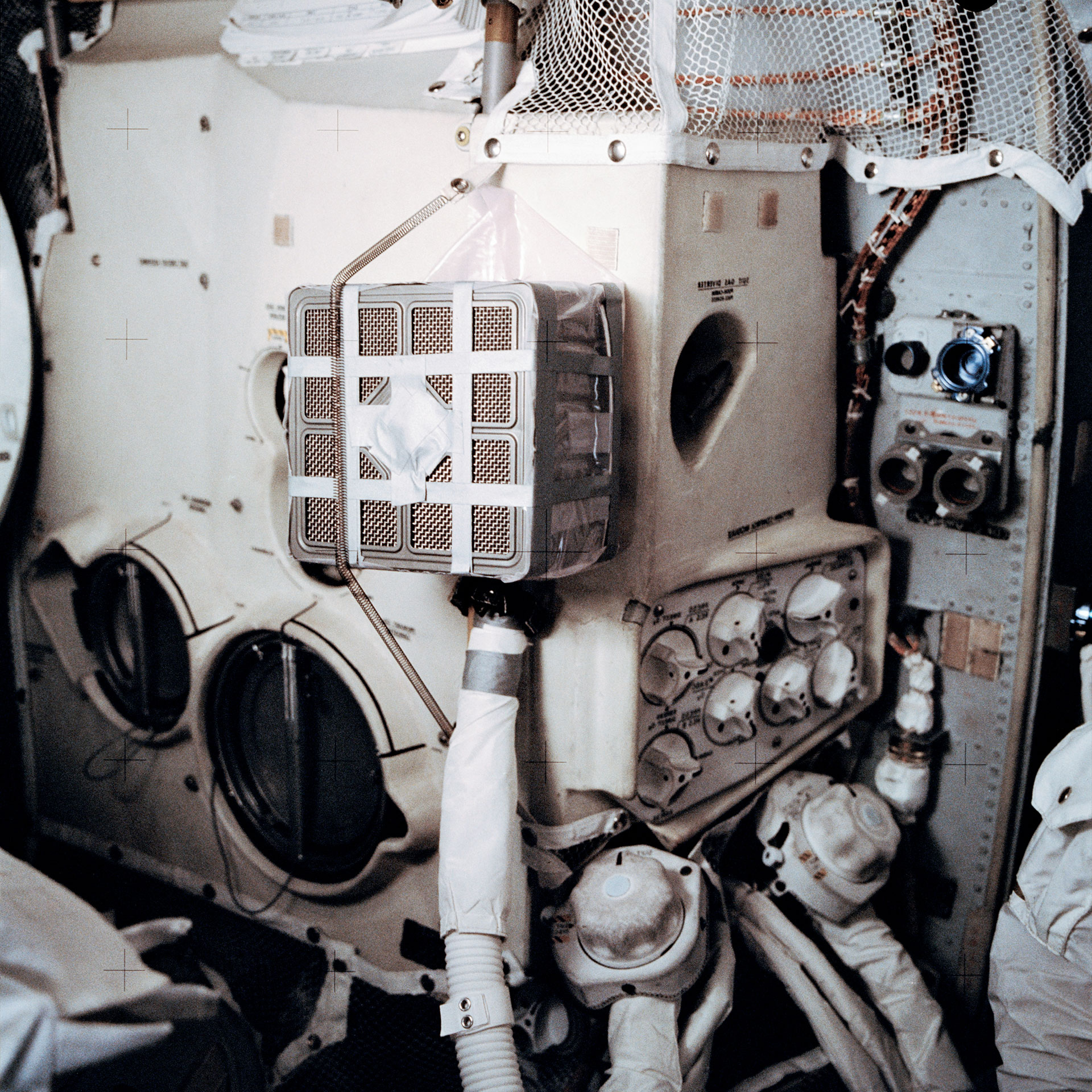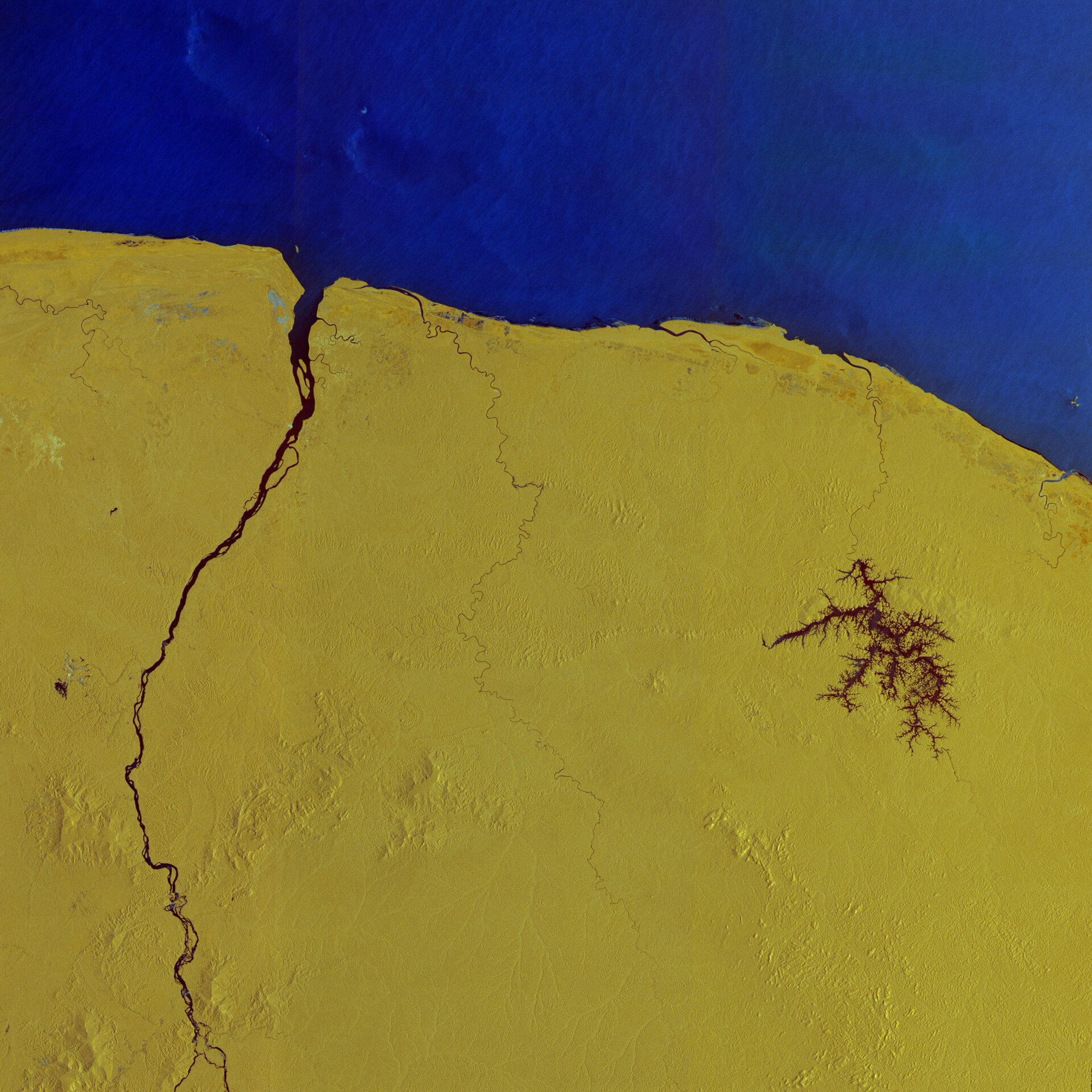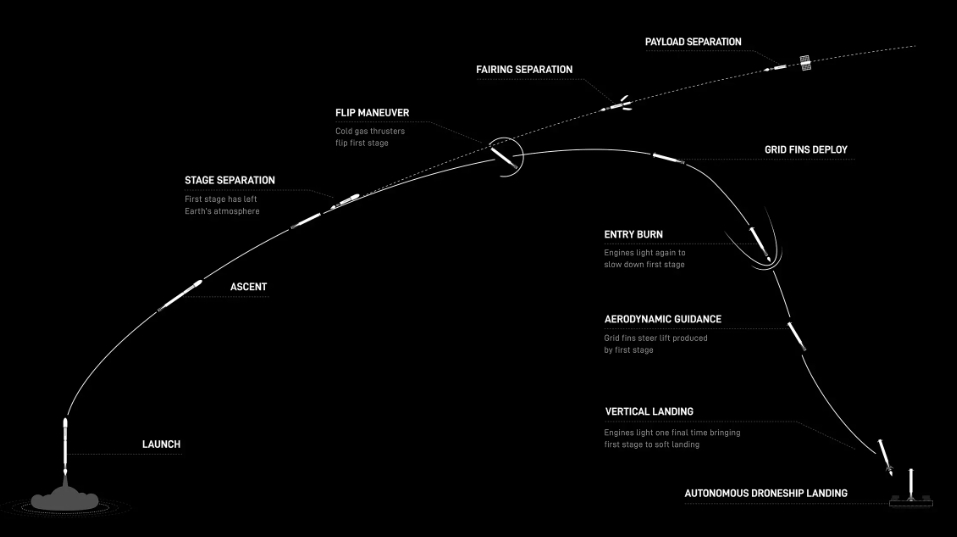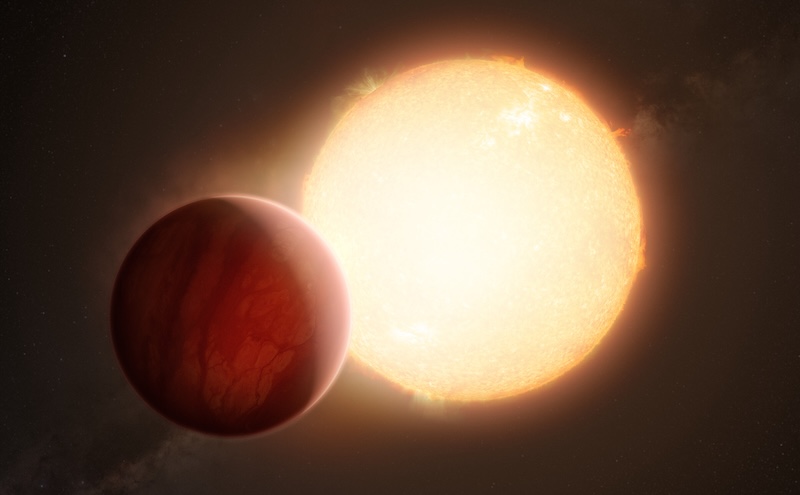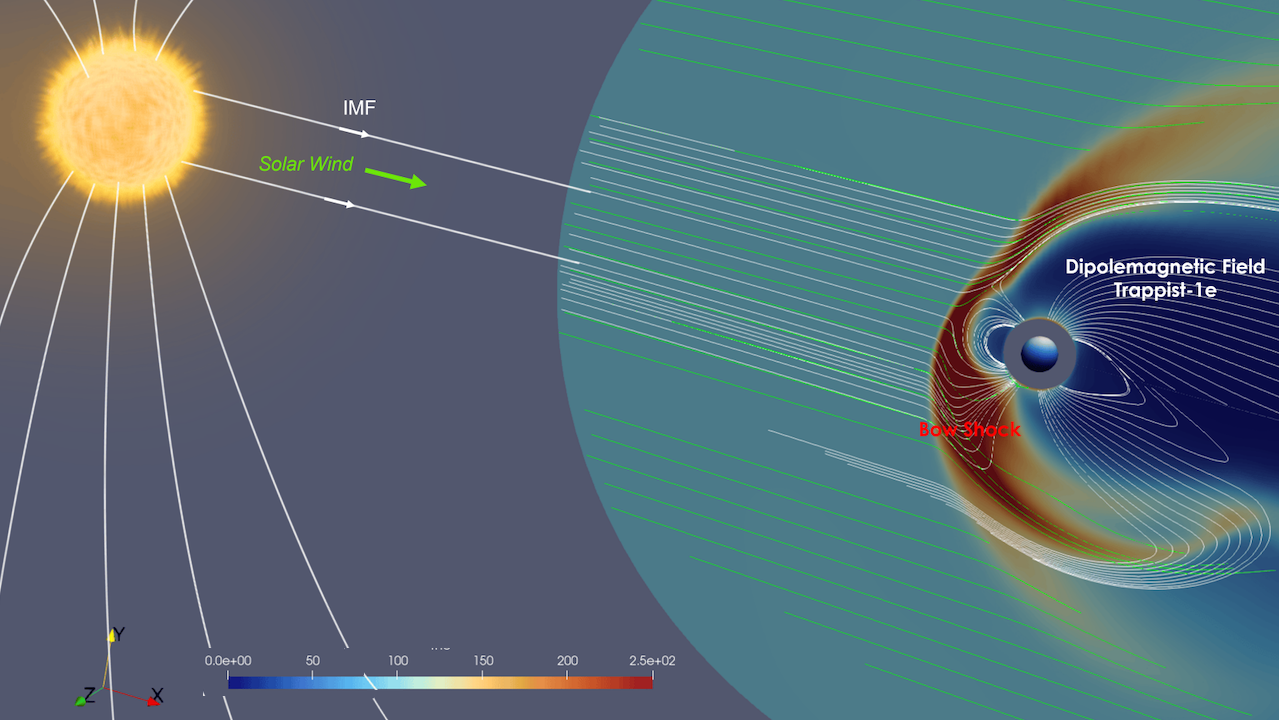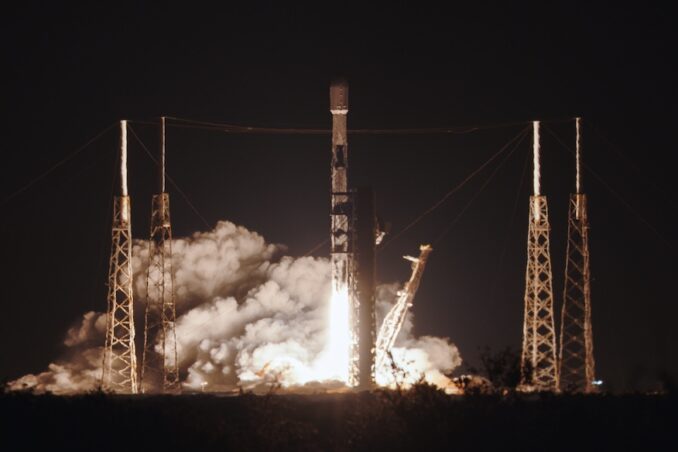It was about one in the morning, four hours after an explosion tore through the Apollo 13 spacecraft on its way to the moon, when Ed Smylie realized they had
Hot Posts163- Page
Copernicus Sentinel-1 captured this radar image over French Guiana – home to Europe’s Spaceport in Kourou, where ESA’s Biomass mission is being prepared for liftoff on 29 April onboard a
A new model of the cosmos does away with the universe’s two most troubling and mysterious elements, dark energy and dark matter, collectively referred to as the dark universe. Here’s
SpaceX kicked off a potentially busy weekend with the launch of a batch of Starlink satellites this evening (May 9) from California. A Falcon 9 rocket launched SpaceX‘s Starlink 15-3
View larger. | Artist’s illustration of a hot Jupiter type of exoplanet. They are similar to Jupiter or Saturn but orbit very close to their stars, so they’re searingly hot.
Sketch of the magnetospheric interaction in the TRAPPIST-1–TRAPPIST-1e system. The stellar wind velocity and IMF streamlines are drawn in green and white, respectively. The M dwarf star is shown as
A SpaceX Falcon 9 rocket lifts off on the Starlink 6-73 mission. The flight marked the first time an orbital class rocket launchd for a 27th time in its flight
NASA’s James Webb Space Telescope has taken the most detailed image of planetary nebula NGC 1514 to date thanks to its unique mid-infrared observations. Webb shows its rings as intricate
6 min read Preparations for Next Moonwalk Simulations Underway (and Underwater) NASA’s SPHEREx mission is observing the entire sky in 102 infrared colors, or wavelengths of light not visible to
Wraith (The Convergence War Book 1) is a captivating science fiction adventure that draws readers into a universe teetering on the brink of chaos. Priced at $17.46, this exhilarating tale
-
 012024 in Review: Highlights from NASA in Silicon Valley
012024 in Review: Highlights from NASA in Silicon Valley -
 02Panasonic Leica Summilux DG 15mm f/1.7 ASPH review
02Panasonic Leica Summilux DG 15mm f/1.7 ASPH review -
 03From Polymerization-Enabled Folding and Assembly to Chemical Evolution: Key Processes for Emergence of Functional Polymers in the Origin of Life
03From Polymerization-Enabled Folding and Assembly to Chemical Evolution: Key Processes for Emergence of Functional Polymers in the Origin of Life -
 04How New NASA, India Earth Satellite NISAR Will See Earth
04How New NASA, India Earth Satellite NISAR Will See Earth -
 05And Thus Begins A New Year For Life On Earth
05And Thus Begins A New Year For Life On Earth -
 06Astronomy Activation Ambassadors: A New Era
06Astronomy Activation Ambassadors: A New Era -
07SpaceX launch surge helps set new global launch record in 2024


